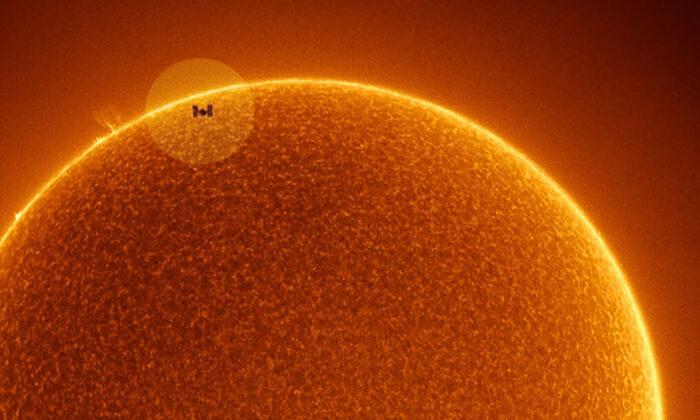Rainee Colacurcio had her scope perfectly focused and trained on the Sun. Now, all she had to do was wait.
The Washington-based photographer always had a fascination with the Sun, and now, she was about to photograph the International Space Station (ISS), another interest of hers, as it transited across the solar disk in broad daylight at an altitude of 254 miles above the Earth’s surface.
Normally, such a shot would be impossible, though with the correct filters, she would be able to safely photograph both objects overlapping at once. “Viewing it in the Hydrogen Alpha wavelength of light, you are able to see details that you would not otherwise see,“ Colacurcio told The Epoch Times. ”It really comes alive!
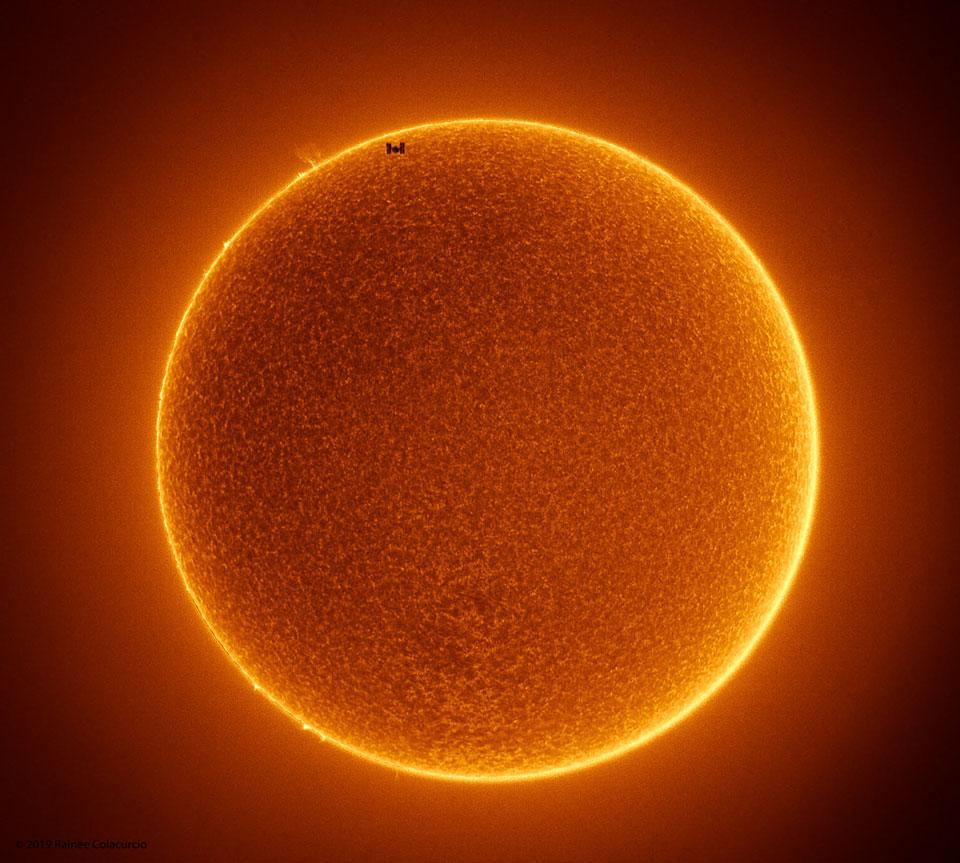
“Attached to the scope I have an astronomy camera, and a laptop which enable me to do the capturing.”
Using an online site called Transit Finder, Colacurcio was able to pinpoint the location on Earth, as well as the exact time, where the ISS could be viewed crossing the Sun.
After setting up her equipment, she would start recording about 30 seconds prior to the transit event taking place. Then, after taking the footage home, she would process it using four different imaging softwares to colorize the image and further bring out the details, as she explained.
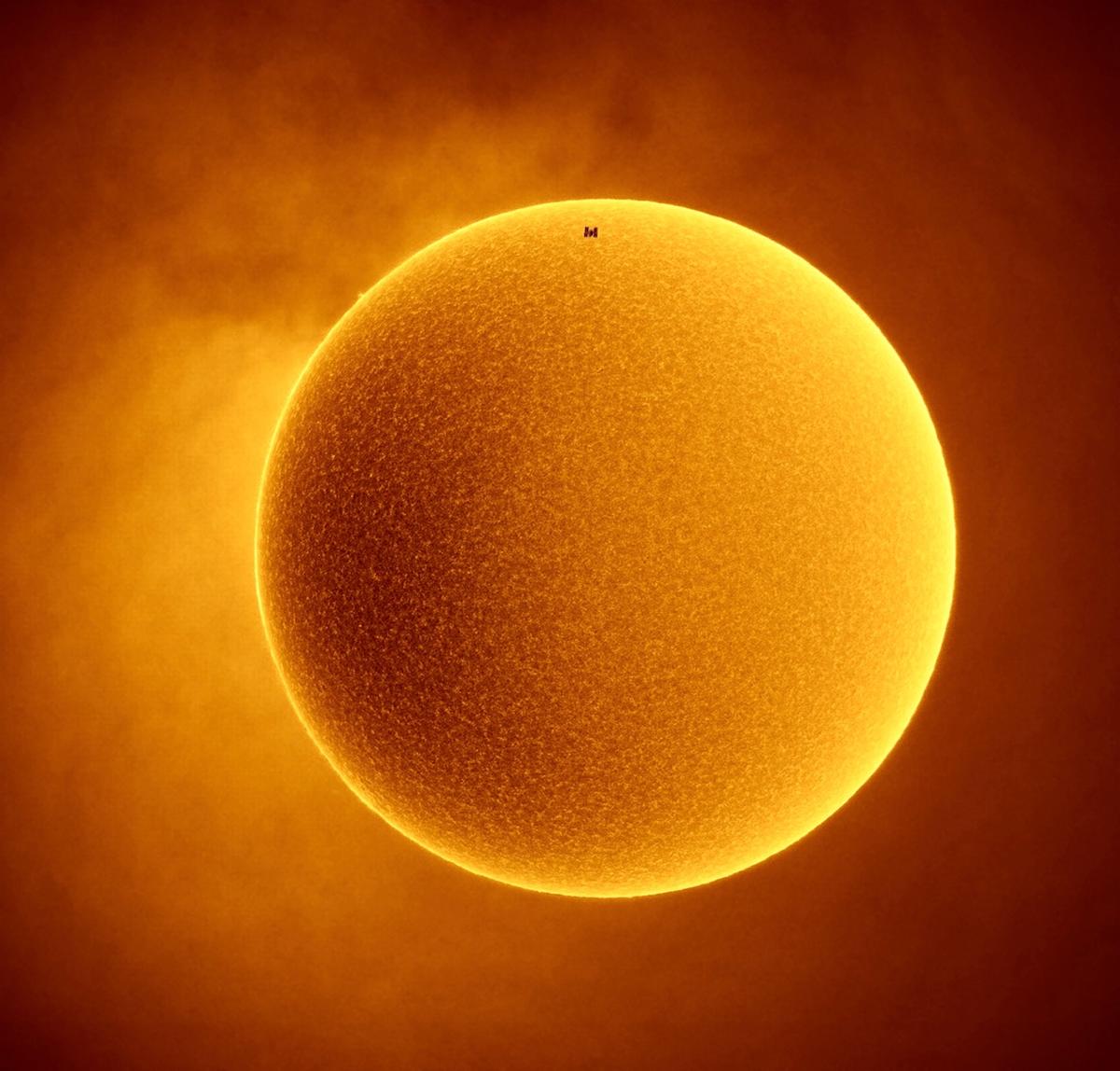
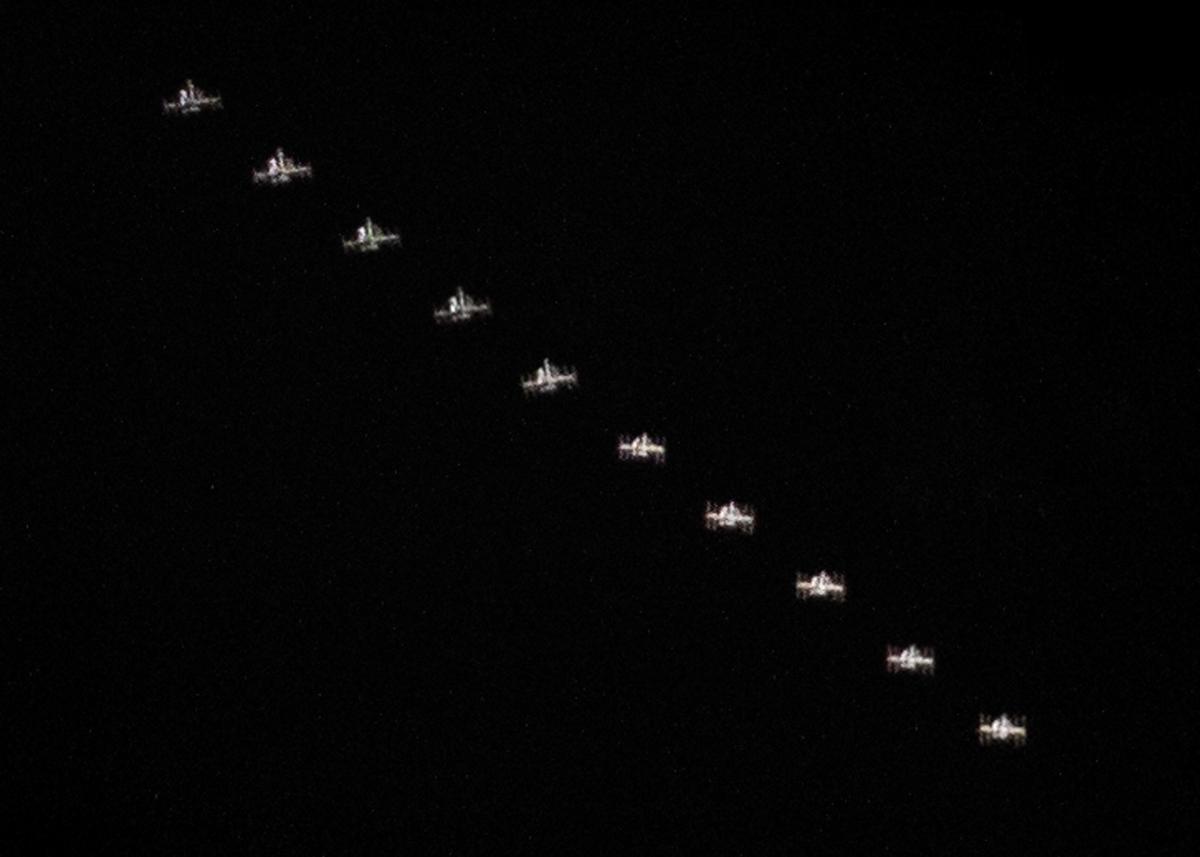
The final image is actually a composite of two images merged together, both of which are taken simultaneously: one is of the ISS transiting the Sun, and the other captures the details of the Solar surface.
When overlapped, the stunning results speak for themselves.
“That’s no sunspot,” the space agency shared in a caption accompanying the photo. “It’s the International Space Station (ISS) caught passing in front of the Sun.
“Sunspots, individually, have a dark central umbra, a lighter surrounding penumbra, and no solar panels.
“By contrast, the ISS is a complex and multi-spired mechanism, one of the largest and most sophisticated machines ever created by humanity.”
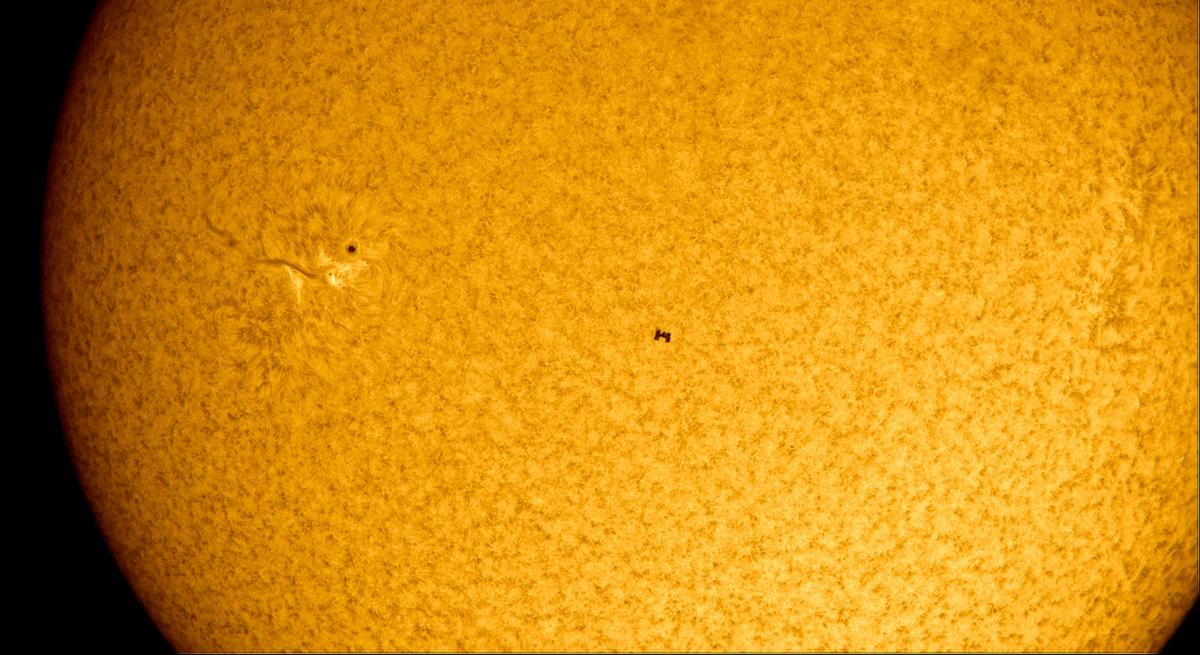
Transiting is not an unusual thing for the ISS whatsoever, as it orbits the Earth 16 times a day (once every 90 minutes). Getting the location and timing just right to bullseye a transit photograph is another story, the agency added.
NASA also noted that sun spots aren’t as common today as they once were a few years ago, citing the current “Solar Minimum” period, where sunspots are relatively less frequent, which has a cycle of around 11 years.
“Sunspots have been rare on the sun since the dawn of the current Solar Minimum, a period of low solar activity,” NASA shared. “For reasons not yet fully understood, the number of sunspots occurring during both the previous and current solar minima have been unusually low.”
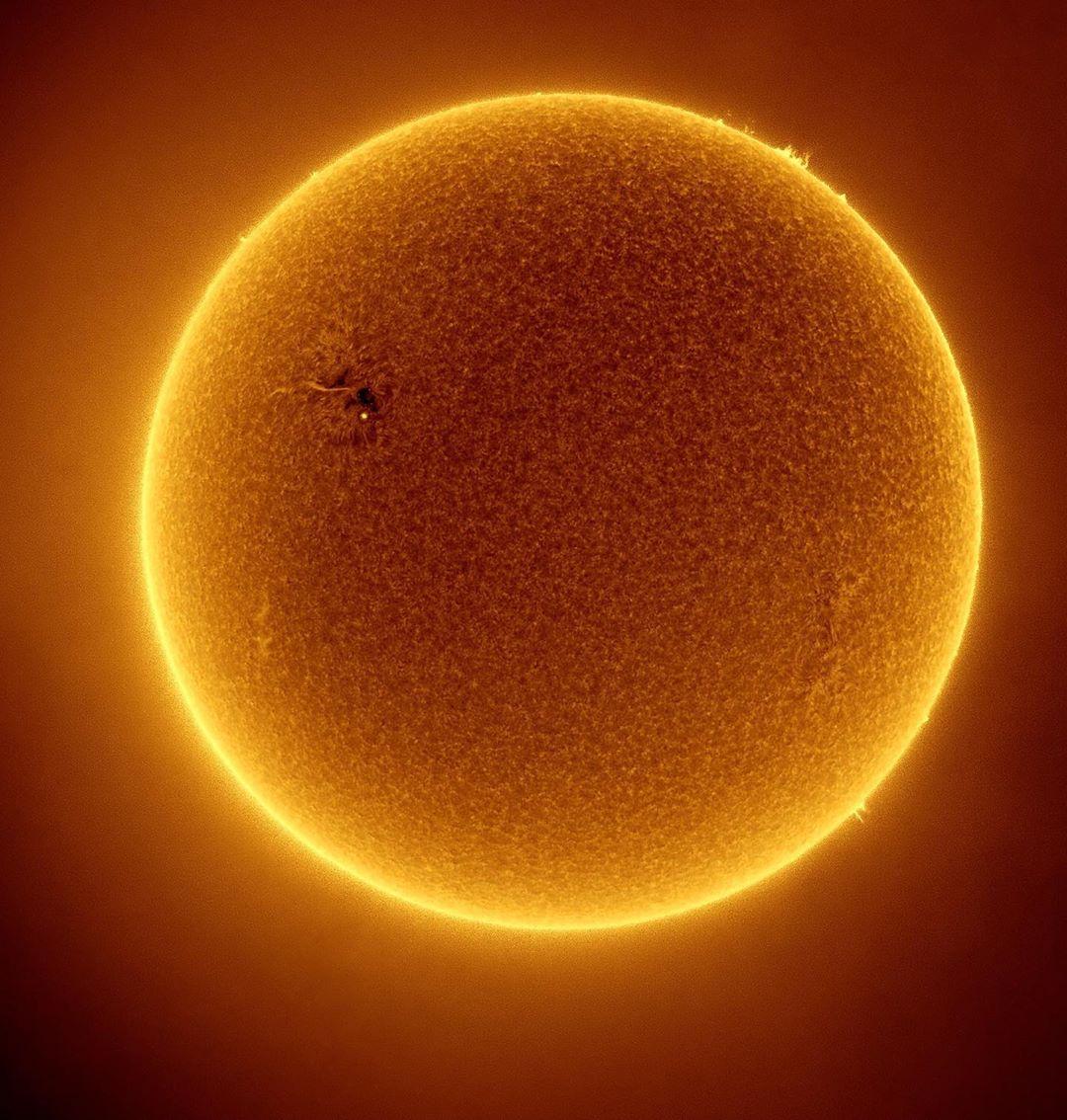
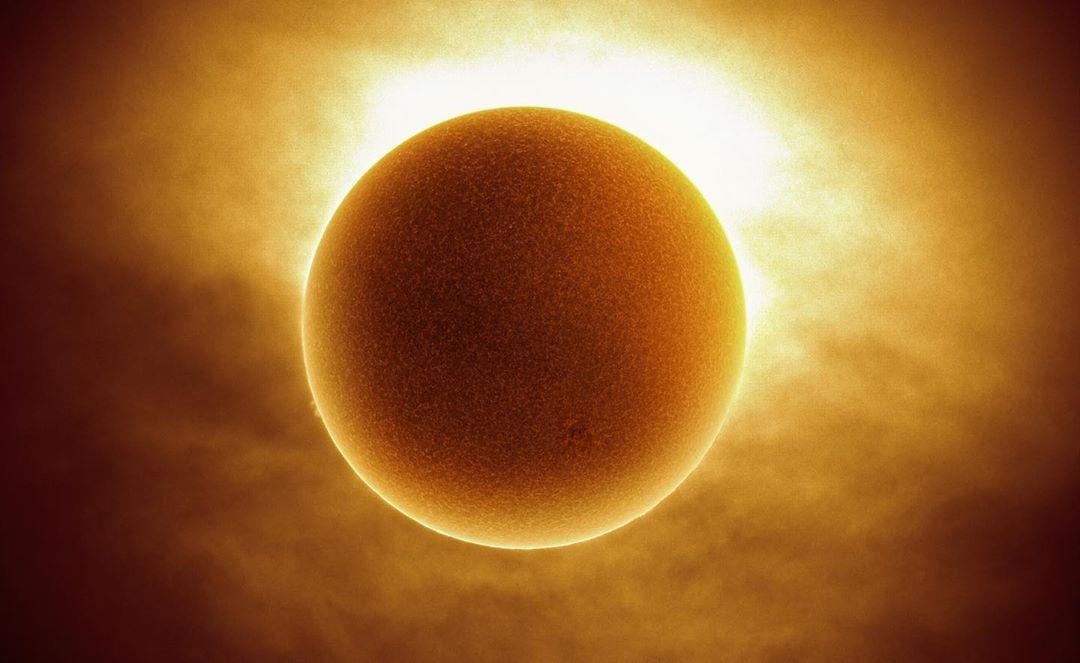
We would love to hear your stories! You can share them with us at [email protected]

